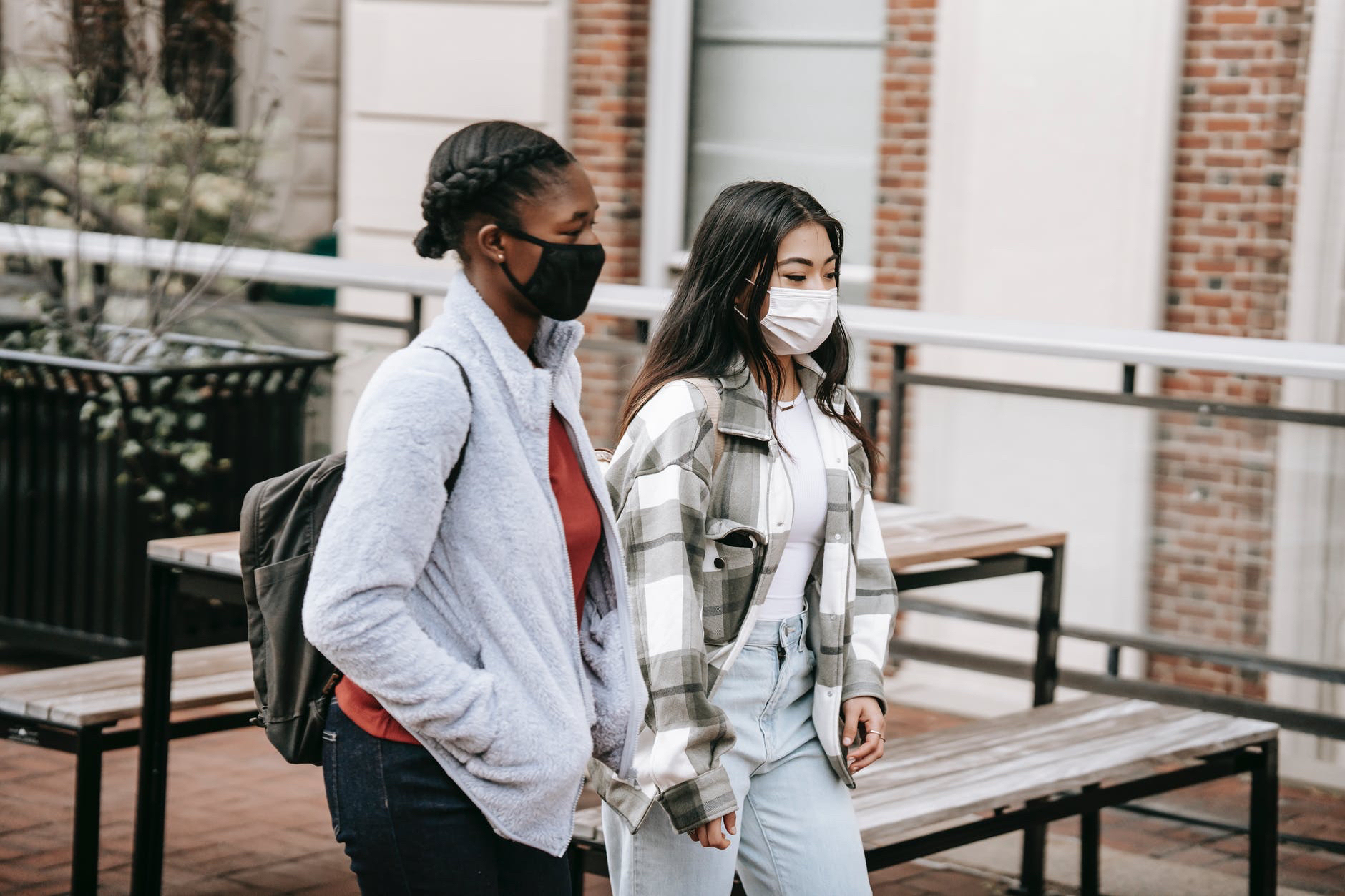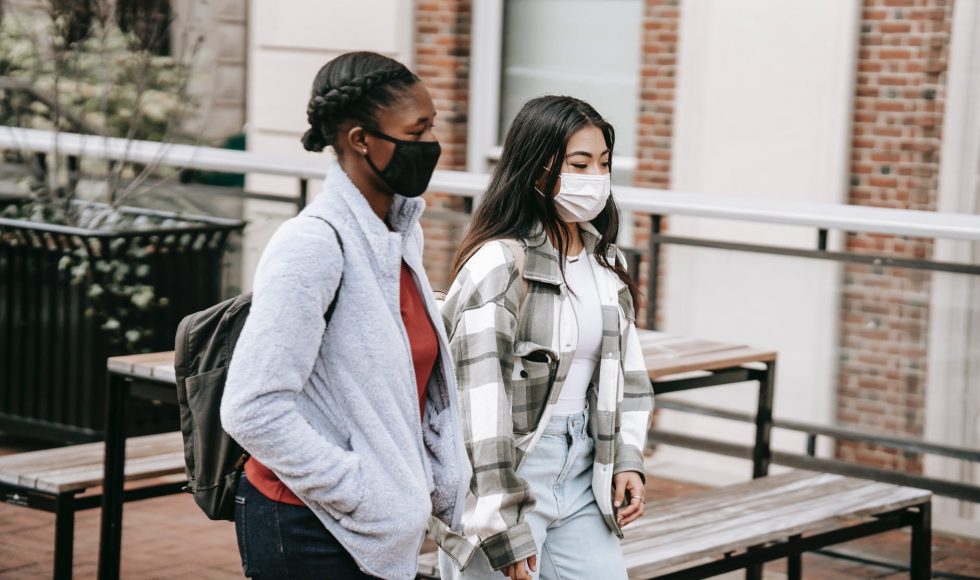I heard Kevin Gannon on the Tea for Teaching podcast (episode 174) discussing with the hosts HyFlex teaching on their campus in the fall. Gannon offered an honest summary of challenges with student engagement and attendance in online and in person courses in the fall at their institution. I appreciate how Gannon explained some of the struggles particularly students early on in higher education have with asynchronous courses. The asynchronous format has been attractive to me for a variety of reasons, and I’m learning more about online course design. Nevertheless, I cannot overlook the amount of self-discipline students must have to successfully complete one (or, realistically, several!) online courses. Gannon pointed out how at their institution they are recommending first and second year students to take synchronous courses or meet with their academic advisors prior to enrolling in an asynchronous course. Gannon also mentioned that instructors need to provide the guidelines for learners to realize the expectations and commitment for asynchronous learning and how social and collaborative work will take place. This also reflects some of the survey results from Dr. Andrea N. Ofori-Boadu from NC A&T presented at the 2020 Lilly Conference. Andrea N. Ofori-Boadu and colleagues conducted a survey of sixty students from six universities after the transition to remote online instruction. Funded by an NSF RAPID grant, this work included hourlong Zoom interviews with students, NVIVO coding, and analysis of student transcripts. Themes emerged including the difficulty of some students in connecting with instructors and coursework asynchronously and the importance of structure and communication.
Gannon stressed that we should now focus on measuring engagement, not attendance. While we are faced with several difficulties during pandemic teaching, as always, Gannon had a message of hope for changes and opportunities that may result!
Todd Zakrajsek and Kevin Kelly were on episode 55 of the Think UDL podcast to talk about their new book. They provided a series of suggestions from their new book and highlighted how communication and universal design for learning (UDL) can help students learn.
I enjoyed the two podcast episodes and recorded presentation. While the topics were different, I was struck by how I can improve the learning experience for students in the asynchronous courses I am teaching this spring. I believe we can engage and use active learning strategies in asynchronous environments, and I am also increasingly aware of the challenges in motivating students and engagement. I think honest communication, transparency in expectations and grading, frequent feedback, and a commitment to UDL and being human can help support learners in this modality. I know asynchronous instruction isn’t perfect, and it is the route I have chosen and find really interesting and exciting. My goal is to learn how to improve as an asynchronous instructor to then combine this modality with in-person lab sessions for group work and critical scientific inquiry.



